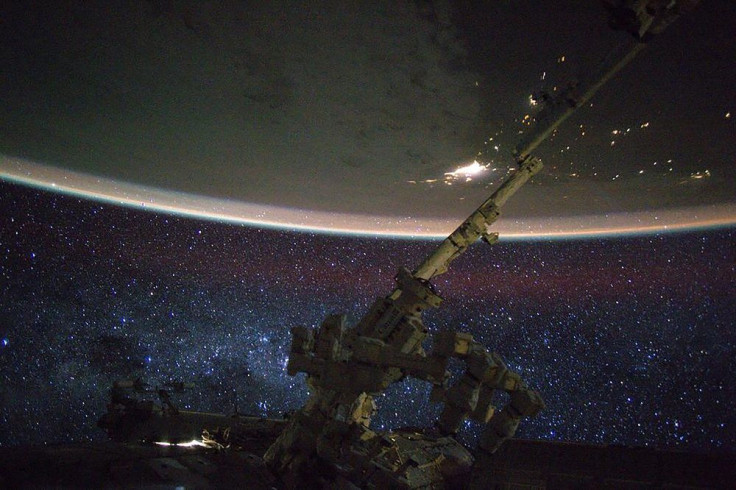Radio waves, revolutionary telescope to spot 'hidden' stars in Galactic Center

Researchers at Harvard-Smithsonian Center for Astrophysics , or CFA, will be making an attempt to spot celestial bodies hidden in the centre of the Milky Way galaxy. A team of researchers, headed by Idan Ginsburg, will attempt to locate the stars that orbits within the supermassive black hole in the Galactic Center.
The stars at the center of the Milky Way are reportedly hard to spot. Aside from the fact that the stars are thousands of light-years away, they are mostly obscured by thick dust and gas that even the most powerful telescopes will have difficulty in spotting them.
Ginsburg’s team aims to spot the stars using a process called synchrotron radiation. The process will reportedly involve looking for radio waves from supersonic stars. In the paper, the team explains that supersonic stars that move through the thick gas and dust tend to blow off material as a stellar wind plow through the space gases, creating a shock wave in the process. The electrons that were accelerated as a result of the shock wave will, in turn, produce radio emission that the team can detect.
Ginsburg, who is the lead author of the experiment, said, "There's a lot we don't know about the galactic center, and a lot we want to learn. Using this technique, we think we can find stars that no one has seen before."
The researchers are looking forward to test their theory on an already known star named S2. The star is expected to approach the Galactic Center in late 2017 or early 2018, and by then, will be bright and hot enough to be seen in the infrared from all of the thick dust and gas. Avi Loeb, the study’s co-author, added that if the experiment is successful, they will be using the same process to detect other fainter and smaller stars in the future.
This is only among the many research studies conducted in attempting to locate stars that are thousands of light-years away. It is also important to note that the attempt at discovering other faraway stars has been done several years earlier.
In the mid-60s, an Italian-American PhD student named Ruggero Maria Santilli started his half-century journey of finding far-away galaxies in space. Because of his interest in the subject, Santilli also discovered a new mathematics, physics and optics that debunked 20th century theories about matter and antimatter, of which he later on used to make improvements of the telescope.
As Harvard researchers use radio waves to spot hidden stars, Santilli utilized concave lenses in his proprietary Santilli telescope to further advance his study about antimatter.
Santilli’s revolutionary telescope was later developed by Thunder Energies Corporation ( OTCQB: TNRG ), a Florida-based company focused on producing and selling new optic technologies, sits Santilli as its chief scientist. Through the invention of the Santilli telescope, the company aims to encourage amateur and professional astronomers to make future space discoveries, most particular on faraway celestial bodies.
“Our knowledge of the universe is insignificant compared to what remains yet to be discovered. I am particularly glad that Thunder Energies Corporation is making available to professional as well as amateur astronomers all over the world our new telescopes for the first known systematic search of antimatter galaxies following a number of scientific publications,” said Santilli.
Contact the writer at feedback@ibtimes.com.au or tell us what you think below





















